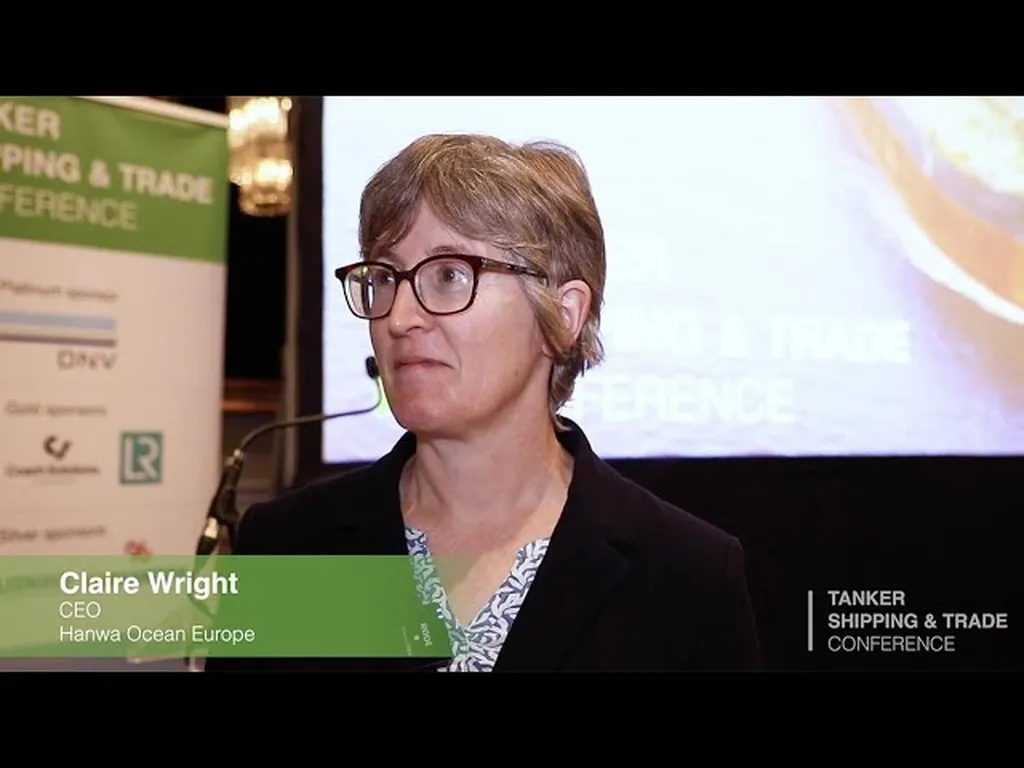Claire Wright, a titan in the maritime industry, has spent over two decades steering the sector towards a greener, more efficient future. As the chief executive of Hanwha Ocean Europe, she’s at the helm of the company’s strategic efforts in shipbuilding and new technology, with a sharp focus on sustainability, retrofitability, and long-term fleet solutions. Her role is a high-wire act, balancing technical know-how with commercial savvy to deliver vessels and retrofits that are future-proof and environmentally compliant.
Wright’s maritime journey began with a love for global trade and logistics. “My career started at Maersk, where I was lucky enough to get a taste of both the operational and financial sides of shipping,” she recalls. This early exposure laid the groundwork for her subsequent roles at Shell, where she was the mastermind behind long-term fleet acquisition, decarbonisation strategies, and the commercial rollout of cutting-edge technologies like LNG and hydrogen-fuelled ships.
At Shell, Wright was instrumental in launching some of the industry’s first lower-emissions LNG-fuelled tankers and spearheaded emissions-reduction strategies for Shell’s extensive ship portfolio. “The toughest part is finding that sweet spot between commercial viability and environmental responsibility,” she admits. “There’s no one-size-fits-all solution, and we’ve got to collaborate with each part of the value chain when evaluating new technologies.”
Wright has always been a trailblazer, forging her own path in the maritime sector. “When I kicked off my career, mentoring wasn’t really a ‘thing,’ and it’s fantastic to see how that’s changed,” she says. “I’ve had the pleasure of working with some amazing leaders who pushed me to grow and gain new experiences. I’ve also looked beyond our industry for inspiration.” But ultimately, Wright seeks opportunities where she can drive change – whether that’s pushing new solutions or implementing innovative business models.
One of the maritime sector’s most pressing issues, according to Wright, is ensuring that regulatory and technological advancements mesh with real-world operational needs. “The drive for decarbonisation is non-negotiable, but we need practical, scalable solutions,” she insists. “Retrofitting is a big part of this – extending the commercial life of existing ships and designing today’s ships to adapt to future fuels and technologies is vital.”
So, what advice does Wright have for those eyeing a maritime career? “Be adaptable and curious,” she urges. “This industry is always on the move, and there are so many ways to get involved. Whether it’s engineering, operations, finance, or environmental strategy, shipping offers incredible opportunities for those who want to make a dent.”
Wright’s career – a whirlwind of technical consulting, commercial leadership, and now executive management – is a testament to the impact that comes from embracing change and challenging the status quo. Her journey sends a clear message to the maritime industry: the future belongs to those who dare to innovate and adapt.
As the maritime sector grapples with the challenges of decarbonisation and digitalisation, Wright’s leadership at Hanwha Ocean Europe could shape the industry’s trajectory. Her emphasis on retrofitability and future-ready vessels may well influence how shipbuilders and operators approach sustainability. Moreover, her advocacy for practical, scalable solutions could steer the industry towards more achievable, real-world decarbonisation strategies. As Wright continues to challenge norms and spark debate, the maritime sector would do well to listen – and act.

